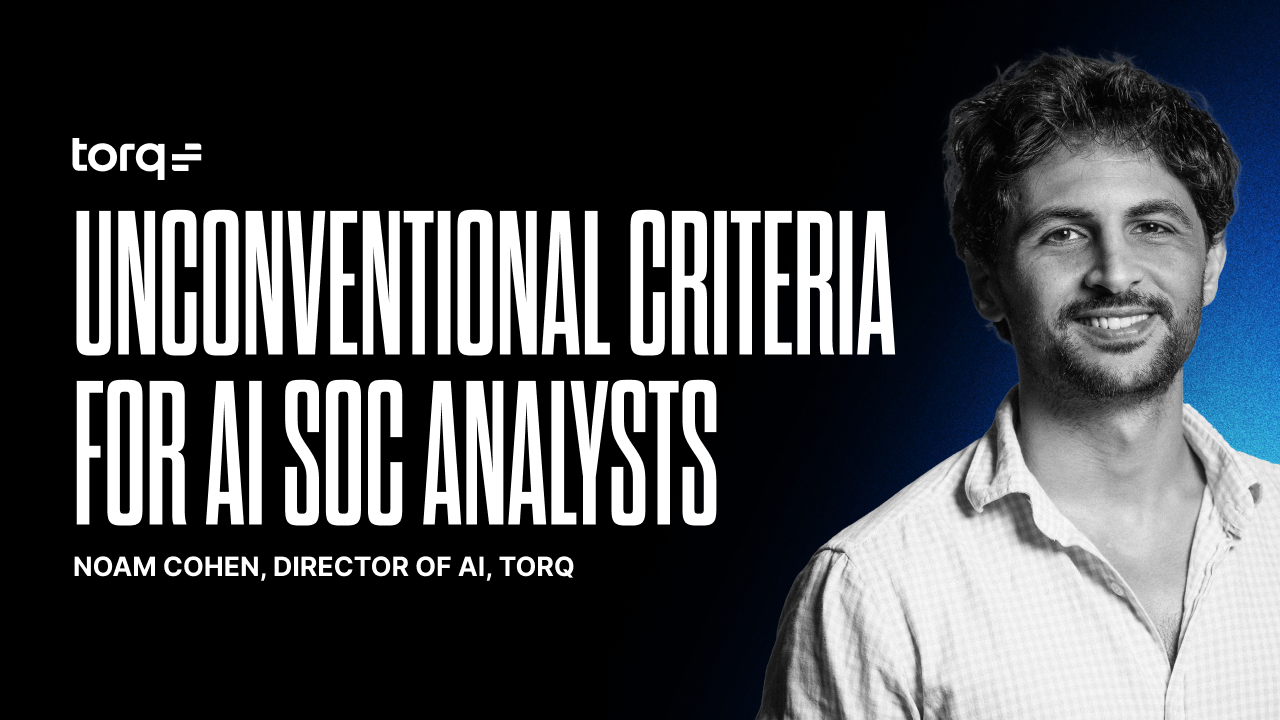Every investment in SOAR is accompanied with the hidden costs of onboarding and troubleshooting. The licensing structure SOAR brings to an organization is outdated and overpriced. The value of SOAR drastically declined when it transitioned its primary focus from being a force-multiplying automation solution to a glorified ticketing system still requiring countless professional service hours. In fact, 90% of security professionals claim that their SOAR needed upfront investment to build automation workflows and response playbooks.
Here are 5 hidden costs of SOAR no SecOps professional can afford to ignore:
1. Initial setup and implementation costs
SecOps is routinely shocked by the astronomical professional services and deployment costs SOAR involves. In contrast, Torq users experience a 10X+ operational and productivity boost just weeks after deployment. From day one, organizations can enjoy serious ROI via Torq’s cost savings by maximizing team productivity and process effectiveness with the Torq Insights dashboard. It granularly measures time savings and operational efficiency for total visibility into the hyperautomation platform’s impact.
2. Ongoing maintenance and support for self-managed infrastructure
As organizations adapt and calibrate their SOAR platforms, they discover the need for continuous monitoring, troubleshooting, and adjustments to ensure peak efficiency and adaptability for evolving threat landscapes. Simply put, the greater the maintenance required, the greater the price tag.
3. Hiring personnel and expertise
Qualified SecOps professionals are getting scarce. They’re in demand and the competition to secure them is severe. This is compounded by existing SecOps teams that are understaffed and burning out. All Torq customers benefit from dedicated technical experts that help organizations achieve their automation goals at no extra cost. Say goodbye to surprise consulting bills that cost more than the automation solution.
4. Cost of custom development required on top of SOAR
What SOAR solution providers fail to disclose is the additional set of expenses necessary to provide custom development. Organizations with a SOAR often find themselves needing customized solutions to align the system with their unique operational requirements and existing security stack.
5. Expensive reconfiguration of inflexible playbooks and workflows
In an effort for organizations to be agile in combating security landscape changes, automation sequences set in an organizations SOAR platform are often not up to par for addressing the complexities of today’s threat landscape. If organizations fail to adapt, they could face delayed response times and decreased agility.
It’s Time to Break Up With Your SOAR…
Seriously, stop settling. There are no strings attached or hidden costs with hyperautomation. The choice is clear. Hyperautomation’s radically different approach delivers a much better correlation between price and value. Need more reasons to ditch your Legacy SOAR? Download our Manifesto to learn exactly why SOAR is Dead.




